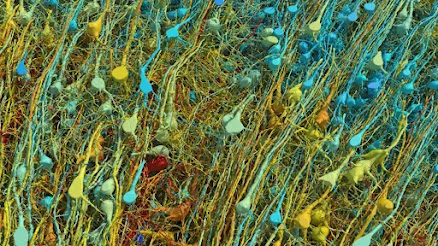National Biopharma Mission completes 5 years, launches impact book

“Bio-Economy and Space Economy are going to spearhead India’s future growth story” says Union Minister Dr Jitendra Singh at the launch of ‘Impact Report 2024’ on National Biopharma Mission at the National Biopharma Mission Conclave celebrating its 5 years journey at the Dr. Ambedkar International Centre, New Delhi. Union Minister of State (Independent Charge) for Science and Technology, Dr Jitendra Singh recalled the journey of National Biopharma Mission since its inception along with Biotechnology Industry Research Assistance Council (BIRAC) “National Biopharma Mission (NBM) is Celebrating 5 Years of Pioneering Success” and called it a milestone. The National Biopharma Mission (NBM)- Innovate in India (I3) is an Industry-Academia Collaborative Mission for Accelerating Discovery Research for development of Biopharmaceuticals. BIRAC has the mandate to enable and nurture an ecosystem for preparing India’s technological and product development capabilities in bio pharmaceutica...




